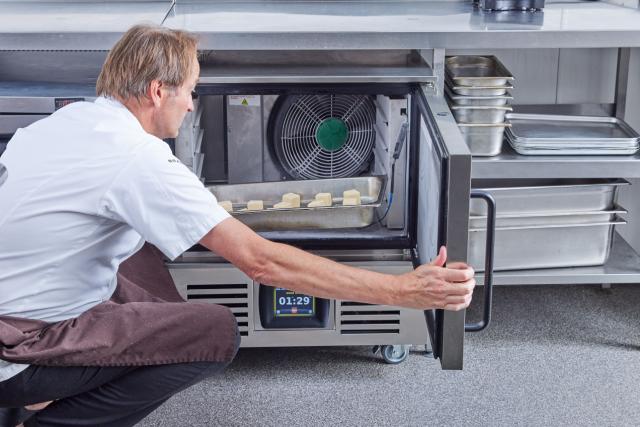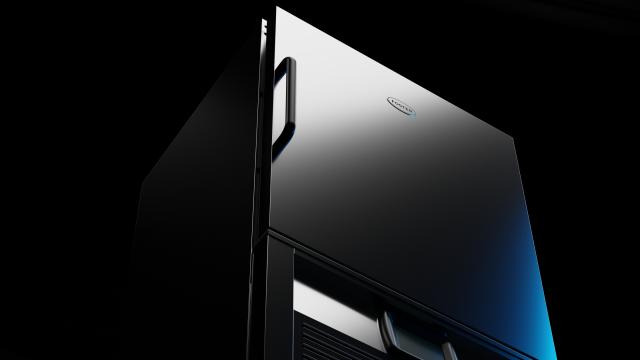
What is blast chilling
and freezing?
Everything you wanted to know about Blast Chilling/Freezing - but were afraid to ask!
Learn the Basics of Blast Chilling and Blast Freezing
What is blast chilling?
Department of Health Guidelines state that to safely Blast Chill food its temperature must be reduced from +70ºC to +3ºC or below within 90 minutes. The Foster range exceeds this requirement and can safely blast chill food within 90 minutes even from a starting temperature of +90ºC.
What is blast freezing?
The Blast Freeze process requires that food be reduced from a temperature of +70ºC to –18ºC in no more than 240 minutes.


Basic Principles Of Blast Chilling And Freezing
Current food legislation requires that all food must be cooled as quickly as possible. This means that whenever food is chilled or frozen, it must be in the "Danger Zone" between +8ºC and +68ºC, where bacteria multiply fastest, for as little time as possible. To achieve this, a specially designed Blast Chiller or Blast Freezer is required- standard refrigeration equipment just isn’t capable.
Why blast chilling and freezing is important
What is the 'danger zone'? What are the Department of Health Guidelines?
These are the types of questions that as a caterer you should know the answers to, however blast chilling and freezing is not as straight forward as standard reach-in refrigeration as there is a process to handling food safely.
The Foster blast chiller, freezer and thaw guide contains everything you need to know about safely blast chilling and freezing. The handy guide, along with 'Ice Handling' advice and a food safety training guide can all be found in our dedicated food safety section. We offer support in the purchase and use of blast chilling equipment and our team are on-hand to help you identify the type of equipment you need as well as offering on-site training for your team. View our range of blast chillers and freezers or contact us for more information.

Want to know more?

The dos and don'ts of blast chilling

How to use your blast chiller

Blast chilling range guide


